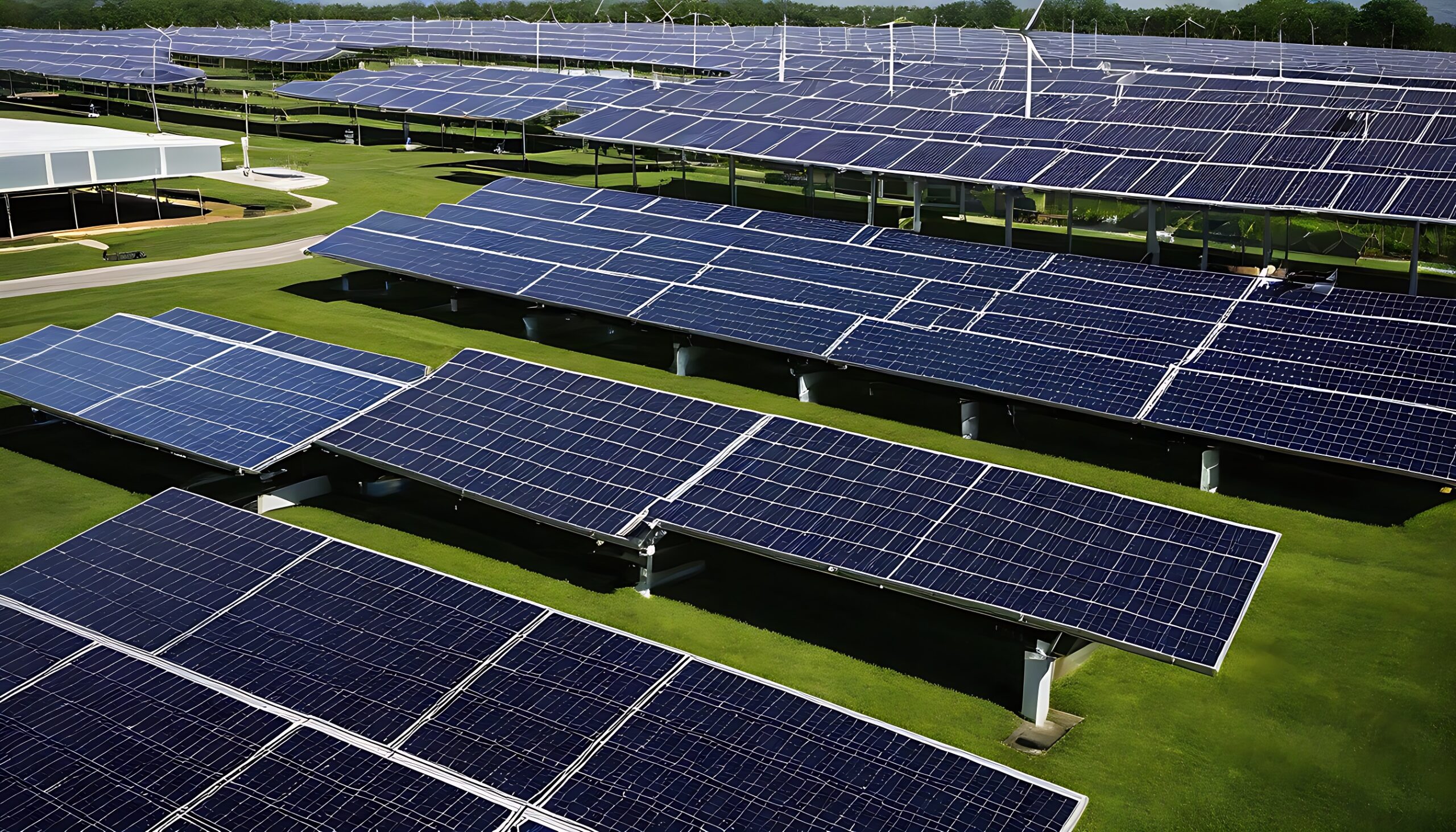Climate change is not just an environmental challenge; it’s a rapidly evolving reality that is profoundly impacting facility management. As extreme weather events become more frequent and unpredictable, facility managers must adapt their strategies to ensure resilience and sustainability in the face of these changes.
The first step in this adaptation is acknowledging the risk. Climate change can lead to a range of issues for facilities, from increased wear and tear due to harsh weather conditions to the need for more robust emergency preparedness plans. Facilities located in regions prone to natural disasters, such as floods, hurricanes, or wildfires, need to develop specific strategies to mitigate these risks.
Building Resilience: Strengthening Structures and Operations
One of the critical areas of focus is on building resilience. This involves reinforcing structures to withstand extreme weather events and implementing backup systems for critical operations. For example, facilities may need to invest in stronger roofing materials, flood barriers, or fire-resistant landscaping to protect against specific threats.
Energy Management in a Changing Climate
Energy management is another area where climate change is having a significant impact. As temperatures rise, the demand for cooling systems increases, leading to higher energy consumption and costs. Facility managers are countering this by investing in energy-efficient systems, like LED lighting and smart HVAC systems, and incorporating renewable energy sources, such as solar panels, to reduce carbon footprints and operating costs.

Water Conservation: Adapting to Droughts and Sustainable Practices
Water conservation is also becoming increasingly important. With droughts becoming more common in many areas, facilities must adopt water-saving practices, such as efficient irrigation systems, rainwater harvesting, and water recycling, to ensure sustainable water usage.

In addition to physical adaptations, climate change also necessitates a shift in operational and maintenance practices. Regular reviews and updates of emergency plans, increased focus on preventive maintenance, and training staff to respond to weather-related emergencies are essential in this new landscape.
Furthermore, as regulatory requirements evolve in response to climate change, facility managers must stay informed and compliant with new environmental laws and standards. This includes everything from emissions reporting to waste management practices.
Conclusion
In conclusion, climate change is not just an external environmental issue; it is a central concern in modern facility management. By taking proactive steps to adapt, facility managers can not only protect their assets and ensure the safety of occupants but also contribute to the broader fight against climate change.







